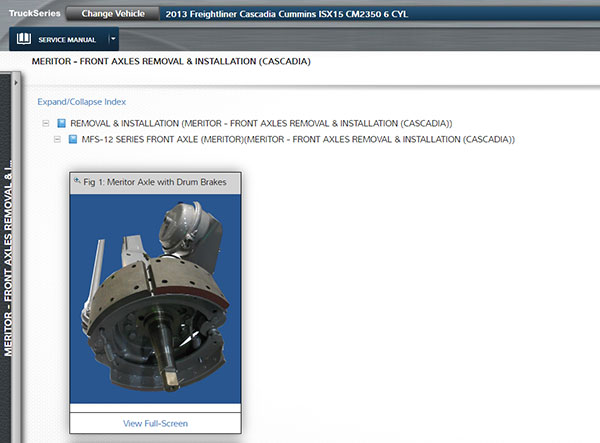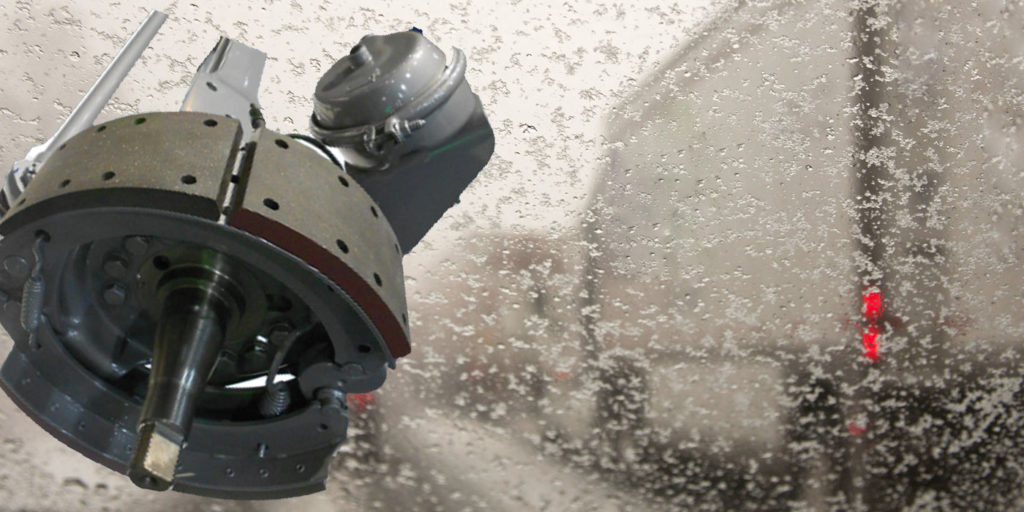How you service your trucks’ brakes now will determine how well they perform when the weather turns frigid. Consider this: Every year here at Fleet Equipment, the most-read story in January and February is about frozen air brake lines. Every year. That’s not a surprise to Jake Schell, associate product manager for Mitchell 1’s Commercial Vehicle Group.
“When it comes to seasonal brake maintenance and winterization, some problem areas I see mentioned frequently are the air compressor discharge line, reservoir draining functionality, air dryers and any other system that helps keep water and ice out of the air system,” he said. The challenge isn’t so much in doing the maintenance, it’s in knowing the right brake maintenance to tackle. “While there are similarities between brake manufacturers, it is not wise to assume one maintenance plan will cross over to another manufacturer, or even the operating conditions within the same manufacturer.”

Heavy-duty truck technicians also have to parse through maintenance differences between drum and disc brakes on top of specific manufacturer needs. “The components and wear points are different between these systems,” Schell noted. “To properly service, the technician needs to be aware of those differences, including different air valves that need general maintenance beyond the brake shoes or pads.”
Winter weather driving environments ramp up the difficulty factor. The muck on the roads can get into the brake system’s moving parts, causing binding and uneven wear. All that grime can clutter the root cause analysis and diagnoses to repair the system.
“This is where service information plays a game-changing role,” Schell said.
Schell pointed to three top brake system inspections that technicians should complete to keep your trucks rolling safely and productively: Airline inspection to ensure they are not crushed or pinched; brake camshaft inspection to ensure they are not frozen or binding; and a brake drum surface inspection to ensure there’s no damage. But if not all brake systems are the same, how can you ensure that the right inspection is being done? The right maintenance software can help heavy-duty service technicians pinpoint the proper inspection locations and walk them through the steps to repair any potential issues.
“Mitchell 1 TruckSeries truck repair information offers overviews of these systems to help the technician know how they work,” Schell noted as an example. “Then, there is maintenance scheduling information, diagnostics, procedures and specifications. In Mitchell 1 TruckLabor there are SRTs that help the shop determine scheduling and effort involved.”
A heavy-duty truck technician’s job is hard enough without having to hunt down what the problem is before the problem can be serviced. With extended downtime eating into your bottom line, you can cut to the service chase with the right information and the right software. And with colder weather coming, it’s a good time to be prepared and take extra steps that may be needed to prevent brake issues.
Click here to connect with Mitchell 1 to learn more about cutting through maintenance confusion.
This article was sponsored by Mitchell 1.















